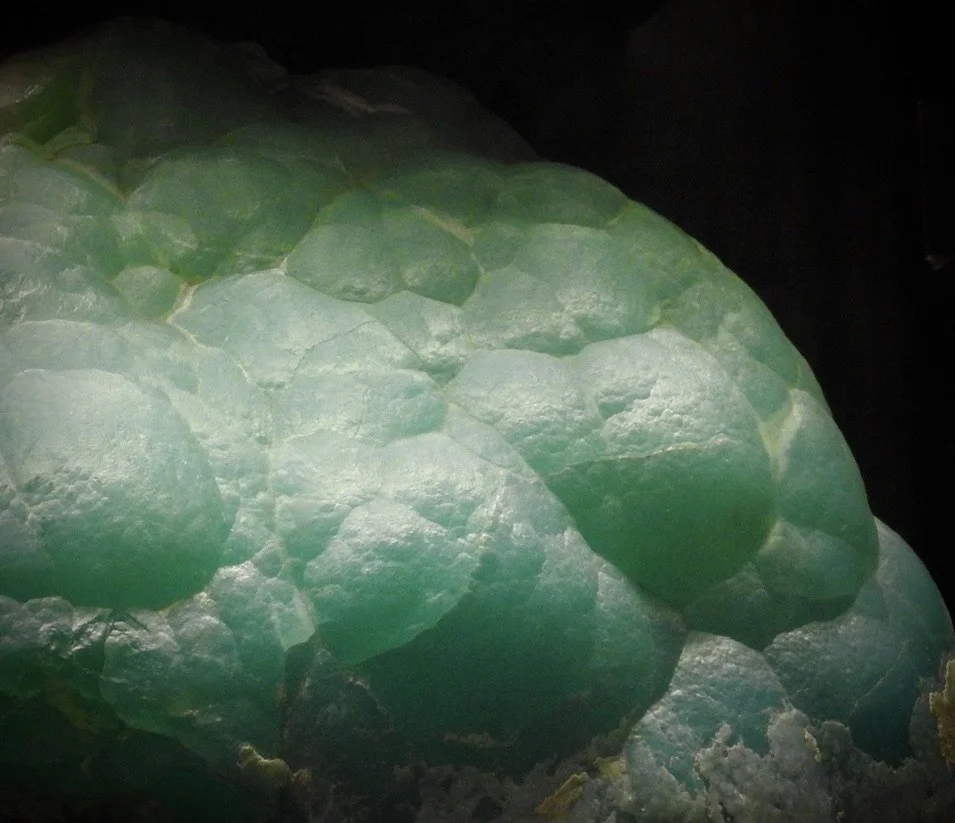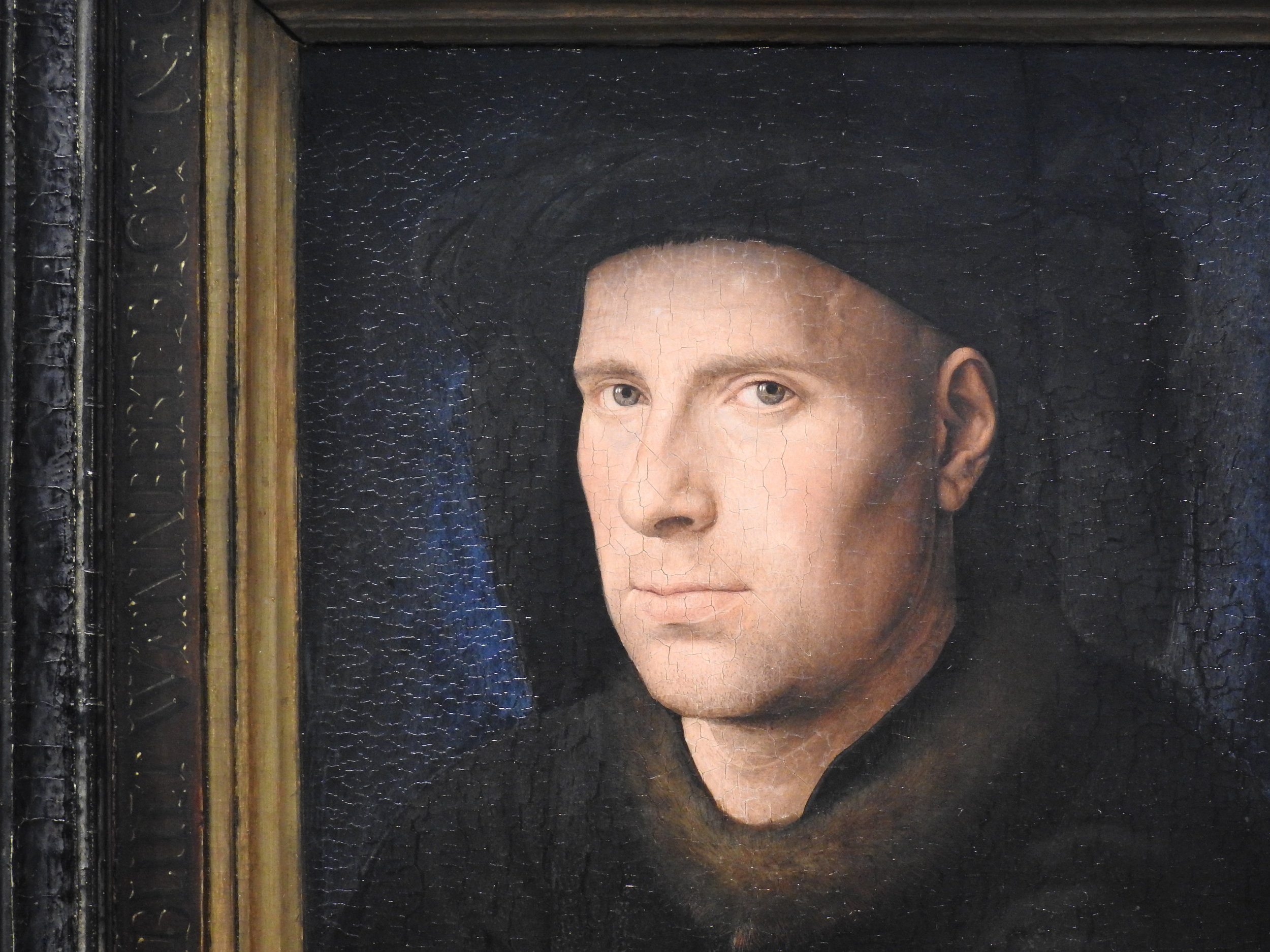Vienna is a city of many things: of cafes and tortes, of Freud and Habsburgs, of museums and cathedrals and music and art and opulence and death. But perhaps above all it is a city of faces, especially faces that jettison idealism in favor of expressiveness, realism, or character. Whether within a gallery’s walls or lining public streets, these emotive visages are woven into the city’s physical and psychological spaces, endlessly engaging passersby with their unspoken, unrealized narratives.
















